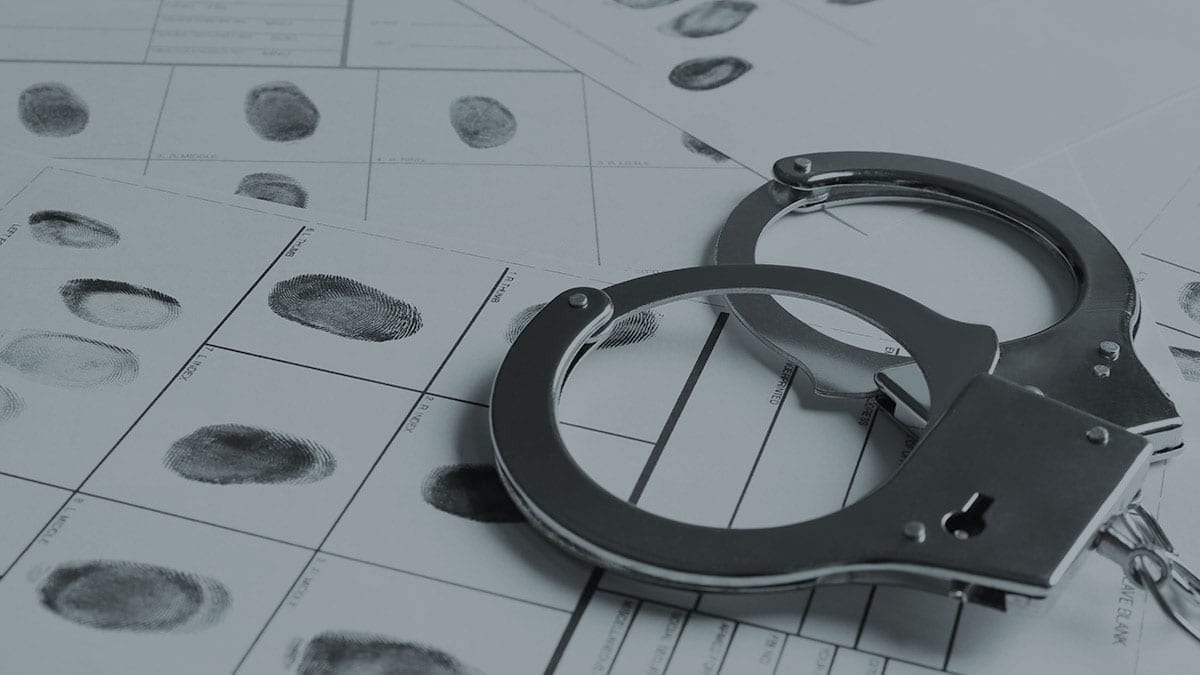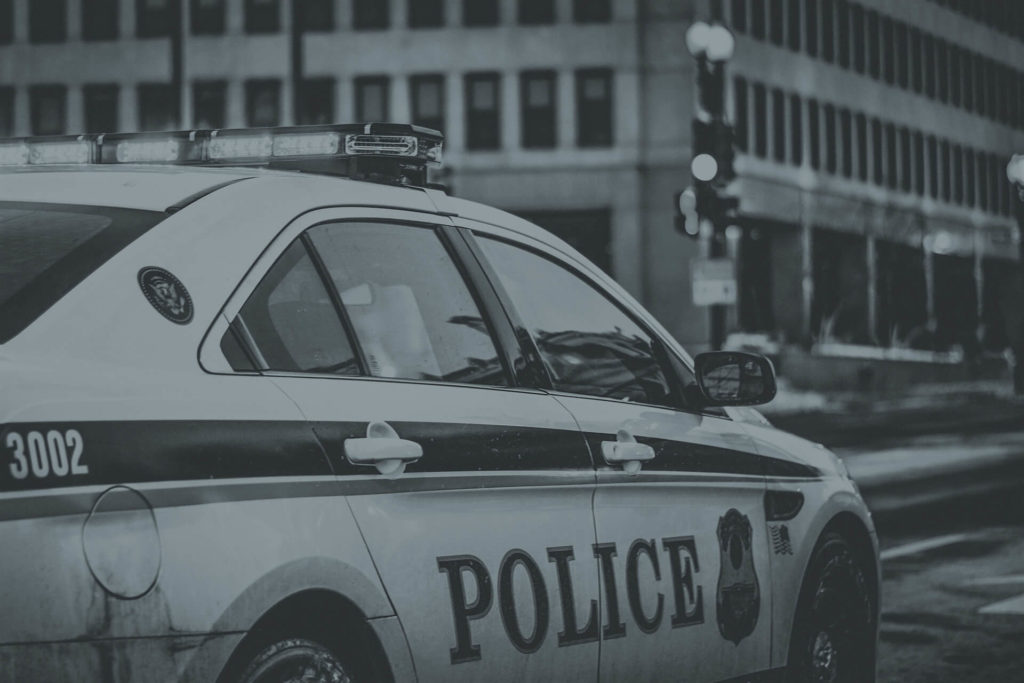Send your enquiry.
Contact us for a free, initial no obligation consultation.
"*" indicates required fields
Your information is safe and treated in accordance with our Privacy Policy
Our criminal defence solicitors can advise whether identification evidence used in your case is in breach of regulations.
Criminal defence solicitors Sheffield
To speak to our criminal defence solicitors, call us on 0333 009 6275. We are available to take your call 24 hours a day, 7 days a week. You can also email us on enquiries@ashmanssolicitors.com or complete our Free Online Enquiry Form and we’ll be in touch soon.
Identification of a suspect in criminal proceedings
When a criminal offence is committed, the police’s primary concern is to identify a suspect. Modern technology has significantly aided police investigations, particularly CCTV, fingerprints and DNA. These can be used to place a suspect at the scene of the crime. The police may also rely on visual identification. This is when a witness positively identifies the suspect. Before a trial begins, a witness may identify a suspect through:
- Video identification – whereby the witnesses is shown a set of images. This includes the suspect and at least eight other people
- Identification parade – whereby the witness is shown a line-up of people. This includes the suspect and at least eight other people
- Group identification – whereby the witness is put into a group of people, one of which is the suspect
- Confrontation identification – whereby the witness comes face-to-face with the suspect
If the suspect is not known, the police can take the witness to a neighbourhood and ask them to identify the person alleged to have committed the crime. This is called street identification.
Police and Criminal Evidence Act 1984
The way in which police gather evidence is governed by the Police and Criminal Evidence (PACE) Act 1984. If police officers do not follow the rules, the suspect’s solicitor can ask for the evidence to be excluded. This means it cannot be used against the suspect to convict him or her of a criminal offence. This is most likely to occur in relation to visual identification. The guidelines surrounding the visual identification of a suspect are set out in Code D of PACE.
A breach could happen if police are required to conduct an identification procedure but fail to do so. Or, it could be that police fail to follow the correct protocol while identifying a suspect. If the breaches are considered minor, the evidence is unlikely to be excluded. However, if the breach (or breaches) impact the fairness of proceedings, the judge may rule that the evidence cannot be used. Alternatively, if identification procedures were not conducted. Then there may be insufficient evidence to find the accused guilty.
Is identification a factor in your case?
The laws governing the identification of a suspect are extremely complex. When you instruct our criminal defence solicitors, we take care to examine the way in which the police conducted their investigation. If an identification procedure should have been performed but was not. Then we will flag this and argue that there is not enough evidence linking you to the crime. If an identification procedure was performed, we can scrutinise the validity of the evidence, checking to see if the correct protocols were followed. If not, we can argue that this prejudices your case, rendering the evidence inadmissible. Are you facing a Victimless Prosecution then speak with one of our Solicitors today.




